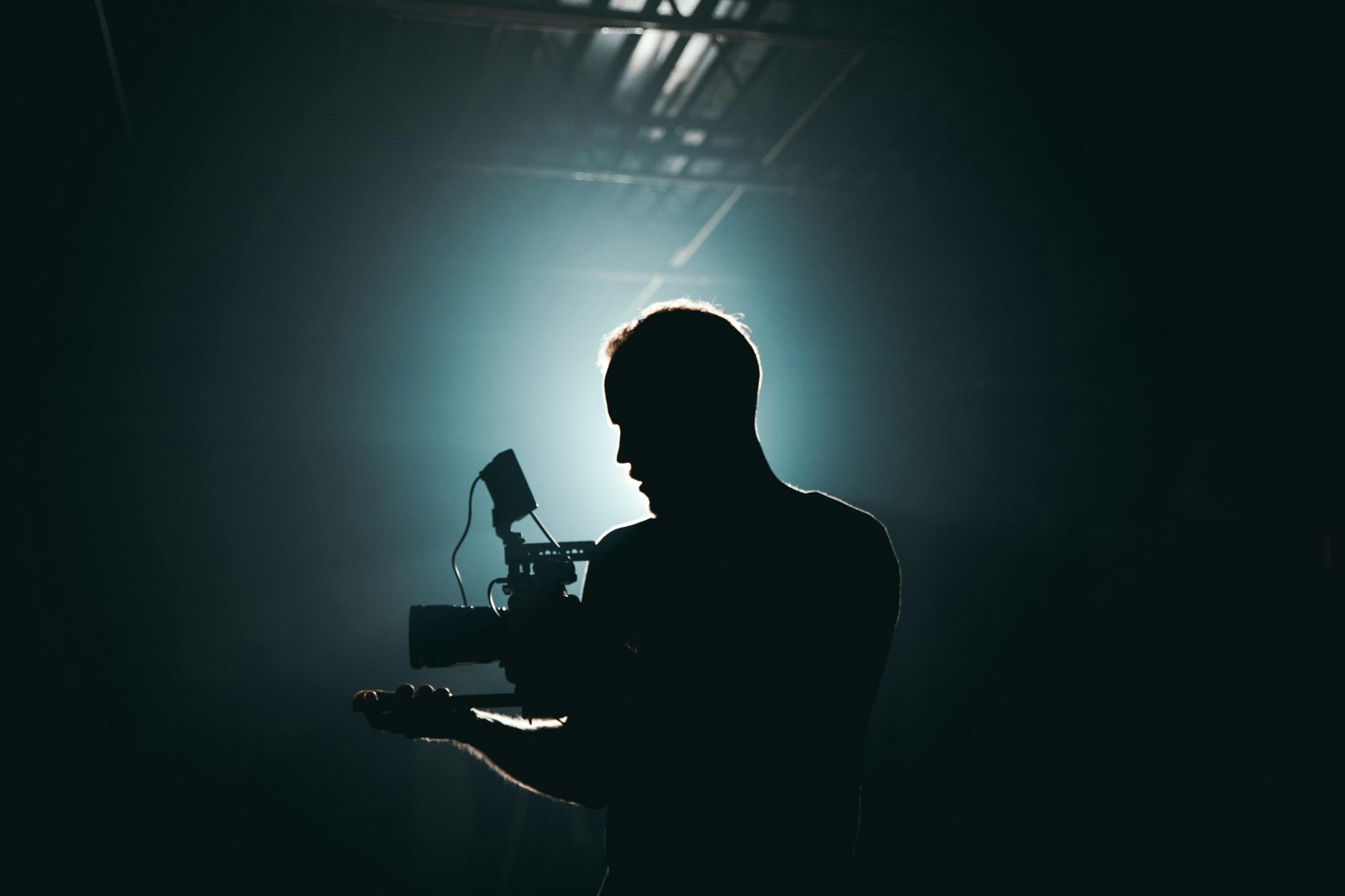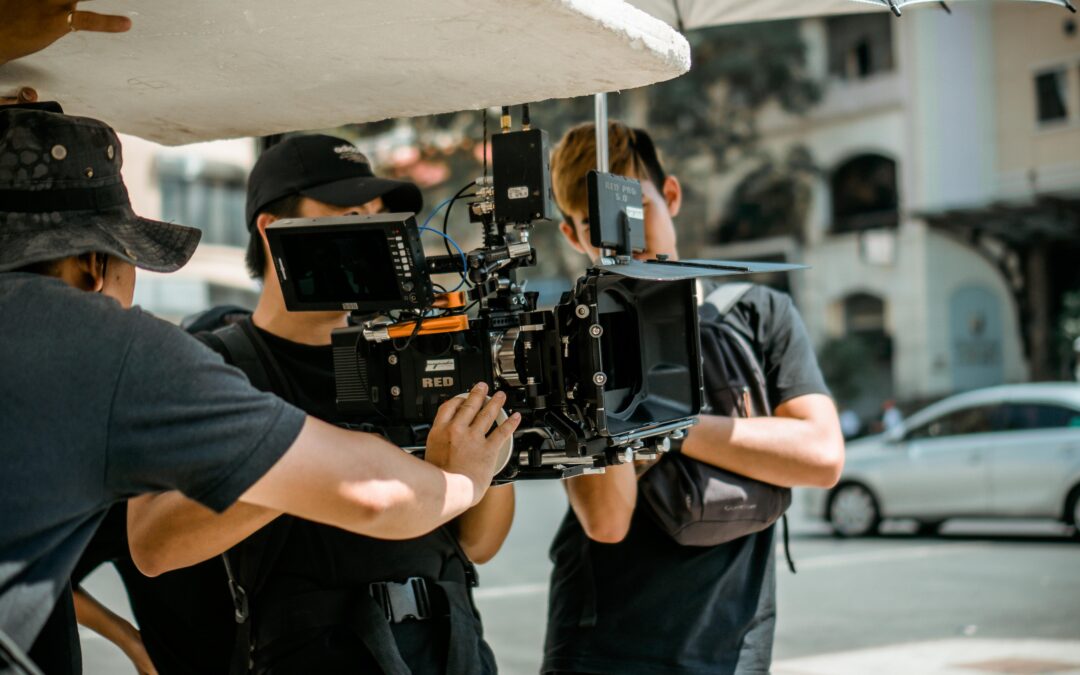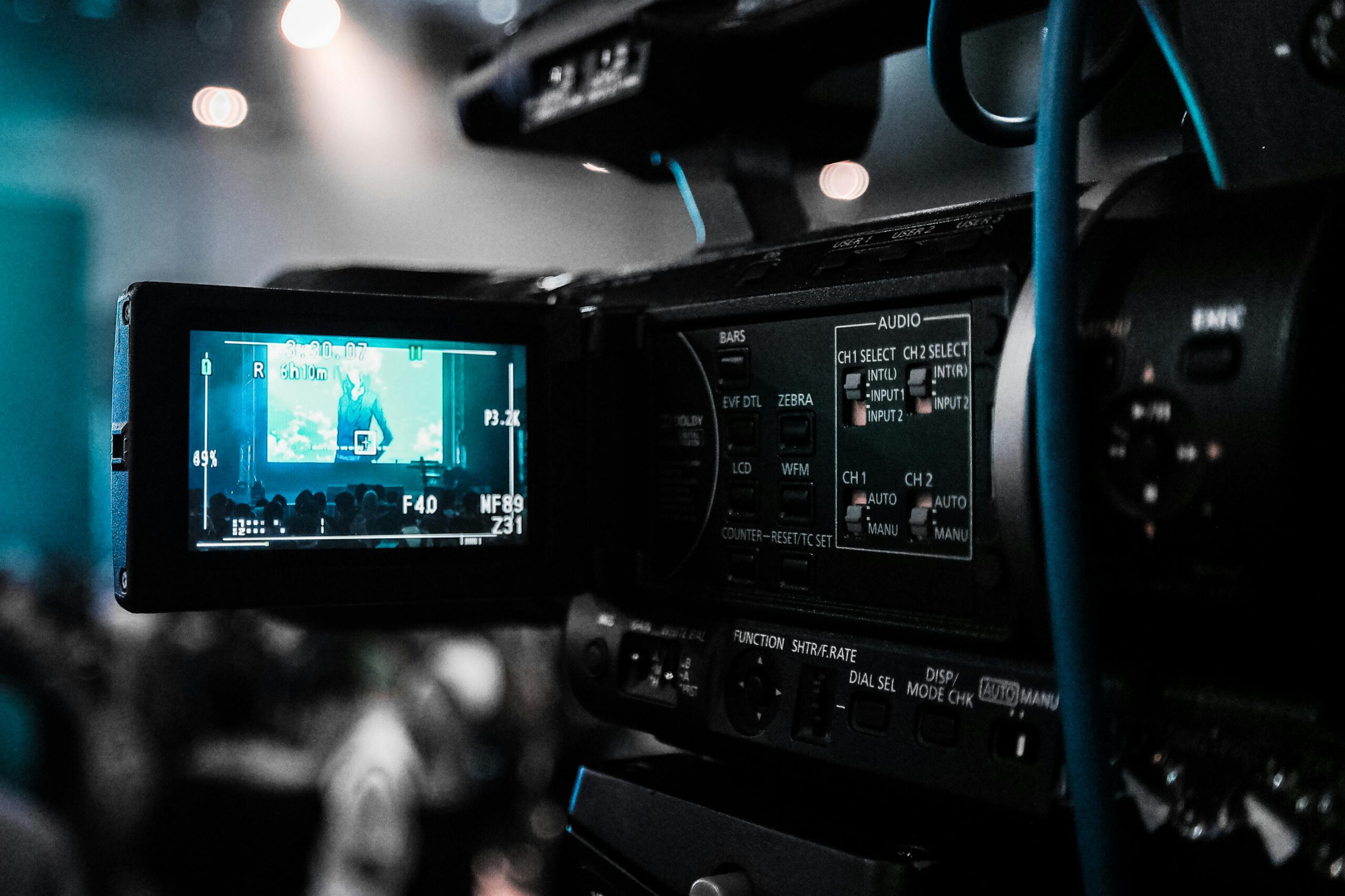There’s something magical about shooting with a 35mm film camera. I love the anticipation of waiting for film to develop and the unique character each frame holds. Even in a digital world film photography keeps drawing me back with its timeless charm and hands-on experience.
Choosing the right 35mm film camera can feel overwhelming with so many classic models and features out there. Whether you’re a beginner or a seasoned shooter I’ll help you find the best options that match your style and budget. Let’s explore what makes these cameras stand out and why they’re still favorites among photographers today.
What Makes 35mm Film Cameras Special
Images created on 35mm film look distinctive due to their grain structure, color rendition, and organic tones. Photographers notice that 35mm negatives capture subtle changes in contrast and light, providing results that digital cameras rarely match. Models like the Canon AE-1 yield deep blacks and vivid hues, while a Nikon FM2 delivers natural skin tones and soft backgrounds.
Manual controls on most popular 35mm film cameras, for example the Pentax K1000 and Olympus OM-1, encourage users to slow their process and consider each exposure. Mechanical dials let you set aperture and shutter speed with tactile precision that’s rarely possible on digital systems.
Physical film rolls limit the number of shots per session, forcing me to shoot intentionally, frame better, and value each photo I take. Once a roll’s done, developing film brings anticipation and surprise, because every frame carries the marks created by lighting, chemistry, and camera quirks.
Classic 35mm cameras keep performing for decades, their construction favoring metal gears and robust mechanics. Leica M6 and Minolta SRT-101 remain reliable after decades, helping users trust their gear in unpredictable shoots.
Comparison of Key 35mm Film Camera Features
| Camera Model | Year Introduced | Lens Mount | Manual Exposure | Average Price (USD) |
| Canon AE-1 | 1976 | FD | Yes | $200–$350 |
| Nikon FM2 | 1982 | F | Yes | $400–$650 |
| Pentax K1000 | 1976 | K | Yes | $150–$300 |
| Olympus OM-1 | 1972 | OM | Yes | $180–$350 |
| Leica M6 | 1984 | M | Yes | $2000–$3800 |
| Minolta SRT-101 | 1966 | SR | Yes | $100–$250 |
Photographers prize these models for their blend of classic design and reliable shooting, making them favorites across decades.
Key Features to Consider in 35mm Film Cameras
When I compare 35mm film cameras, core features like lens support, body construction, and control options shape both performance and shooting experience. Focused selection based on these features ensures each camera matches its user’s needs.

Lens Quality and Compatibility
Lens quality and mount compatibility directly affect sharpness, color fidelity, and creative control in 35mm film photography. Brands like Canon FD, Nikon F, Pentax K, and Leica M use proprietary mounts, with lens availability differing by manufacturer. Third-party producers like Zeiss and Sigma offer cross-brand compatibility for several mounts, expanding creative options. I always check for interchangeable lenses and the condition of available glass, since scratches and fungus can impact final image quality. Fast prime lenses, such as a 50mm f/1.4, deliver versatility for portraits and low-light environments.
| Camera Model | Lens Mount | Interchangeable Lenses | Popular Prime Example |
| Canon AE-1 | Canon FD | Yes | 50mm f/1.8 |
| Nikon FM2 | Nikon F | Yes | 50mm f/1.4 |
| Pentax K1000 | Pentax K | Yes | 50mm f/2 |
| Leica M6 | Leica M | Yes | 35mm f/2 |
| Olympus OM-1 | Olympus OM | Yes | 50mm f/1.8 |
Build Quality and Durability
Build quality and durability influence the lifespan and reliability of 35mm cameras, especially when I plan to shoot outdoors or travel frequently. Metal-bodied cameras like the Nikon FM2 and Leica M6 stand out for ruggedness and precision mechanics. Weather sealing, though rare, helps resist moisture and dust—crucial for adventure use. Mechanical shutters in models like the Olympus OM-1 keep functioning without batteries for decades. I prioritize all-metal construction and well-damped controls to ensure smooth operation over years of frequent use.
Manual vs. Automatic Controls
Manual and automatic controls define how much creative input I have while using a 35mm film camera. Manual cameras like the Pentax K1000 and Minolta SRT-101 provide full control over shutter speed, aperture, and focus, which helps develop technical skills and creative intent. Cameras with aperture-priority or program modes, such as the Canon AE-1, offer automation that speeds up shooting and reduces technical barriers, ideal for street or event photography. Hybrid models with switchable controls provide flexibility for various styles and learning curves.
| Functionality | Example Camera | Control Type |
| Full Manual | Pentax K1000 | Manual |
| Manual + A-Priority | Canon AE-1 | Hybrid |
| Full Manual + M-Mount | Leica M6 | Manual |
| Full Manual + Durability | Nikon FM2 | Manual |
| Manual + Program Modes | Minolta X-700 | Hybrid |
Top Picks for Best Film Cameras 35mm
I’ve selected some of the most notable 35mm film cameras based on performance, popularity, and user experience. Each model stands out for specific strengths, offering solutions for enthusiasts with different priorities.
Best Overall 35mm Film Camera
The Canon AE-1 Program delivers unmatched versatility and reliability. Its robust build, intuitive controls, and broad lens compatibility support diverse shooting styles. Photographers praise its Program automatic exposure mode and precise manual controls, which help streamline both creative and technical processes. The AE-1 Program remains a favorite for both hobbyists and advanced users.
Best for Beginners
The Pentax K1000 makes film photography accessible. Its fully manual operation simplifies learning core photographic concepts like exposure and focus, while the clear viewfinder and tactile dials aid navigation. New film shooters benefit from its durable construction and affordable system lenses, making it a staple for photography courses worldwide.
Best Compact 35mm Film Camera
The Olympus XA offers discreet shooting in a pocket-sized package. Advanced rangefinder focusing delivers sharp results, while the sliding dust cover and fixed 35mm f/2.8 lens make it ideal for travel or street photography. Many value its near-silent shutter and straightforward operation, especially when spontaneity matters.
Best Professional 35mm Film Camera
The Leica M6 sets the standard for craftsmanship and image quality. Rangefinder precision, exceptional low-light performance, and compatibility with Leica M-mount lenses attract professionals seeking uncompromised results. Its all-mechanical operation and legendary optics contribute to its status in editorial, documentary, and fine art circles.
Best Budget-Friendly Option
The Minolta SRT-101 pairs reliability with affordability. Its manual exposure controls, rugged metal chassis, and wide selection of Rokkor lenses deliver solid performance. Many users note the consistency of its CLC metering and the longevity of its mechanical shutter, making it a bargain among classic 35mm cameras.
Key Specifications Comparison
Below is a table summarizing critical features for quick reference:
| Model | Year Introduced | Lens Mount | Exposure Control | Size (W×H×D, mm) | Average Price (USD) |
| Canon AE-1 Prog. | 1981 | FD | Program/Manual | 141×87×48.5 | $200–$350 |
| Pentax K1000 | 1976 | K | Manual | 143×91×48 | $150–$250 |
| Olympus XA | 1979 | Fixed | Aperture Priority | 102×64.5×40 | $120–$250 |
| Leica M6 | 1984 | M | Manual (metered) | 138×77×38 | $2,500–$3,800 |
| Minolta SRT-101 | 1966 | SR (MC/MD) | Manual | 145×92×54 | $100–$225 |
This table helps quickly compare model strengths alongside price and size for convenient decision-making.
Tips for Buying and Maintaining 35mm Film Cameras
Selecting a 35mm film camera for long-term use involves evaluating several features and checking for potential issues. I focus on these essential aspects:
- Condition of Camera Body and Shutter
I check for visible damage, corrosion, or cracked plastic. I test the shutter by firing it at different speeds, since sticky or erratic movement signals necessary repairs.
- Lens Compatibility and Cleanliness
I verify the mount matches lenses I own or plan to use. I inspect lenses for scratches, haze, or fungus, which degrade image quality and often cost more to fix than replace.
- Light Meter Function
I test the camera’s built-in light meter with fresh batteries, as accurate exposure depends on its reliability. For models lacking meters, I consider using a standalone handheld meter.
- Film Advance and Rewind Mechanisms
I operate the film advance lever and rewind knob to ensure smooth function. Any resistance may indicate gear or spring issues inside the camera.
- Battery Compartment Checks
I open the battery compartment to look for corrosion. I avoid cameras with severe oxidation, since circuits can be irreparable.
- Quiet Operation for Discreet Shooting
I test the shutter and film advance noise if I plan street or candid photography, with compact cameras like the Olympus XA or Leica M6 excelling in this area.
Maintaining a 35mm film camera preserves its performance and resale value. My routine steps include:
- Regular Exterior Cleaning
I use a soft, dry microfiber cloth for the camera body. I avoid harsh chemicals, which can damage labeling or finishes.
- Lens Care and Dust Prevention
I clean optics with a lens brush, blower, and dedicated solution. I always store cameras with body or lens caps to prevent dust and scratches.
- Proper Storage Environment
I store gear in a dry, ventilated place, avoiding humidity and temperature extremes. Silica gel packs in the camera bag help prevent fungus and moisture.
- Annual Professional Servicing
I schedule a service every 12–24 months with a camera technician, especially for rangefinders and SLRs with mechanical parts needing lubrication and adjustment.
Common Camera Maintenance Checklist
| Task | Frequency | Why It’s Vital |
| Exterior cleaning | Monthly | Prevents grime build-up and keeps finish intact |
| Lens inspection | Every use | Ensures optical clarity and prevents abrasion |
| Battery check | Every battery change | Avoids leakage and electrical faults |
| Storage in dry area | Ongoing | Stops fungus and corrosion |
| Professional service | Every 12–24 months | Maintains precision and mechanical longevity |
Cost Comparison Table: Typical Repair vs. Replacement
| Issue | Avg. Repair Cost (USD) | Avg. Replacement Cost (USD) |
| Light meter repair | $80–$150 | $100–$500+ |
| Lens cleaning | $50–$120 | $80–$350+ |
| Shutter repair | $100–$200 | $150–$800+ |
| Film advance repair | $90–$180 | $100–$700+ |
Each maintenance activity improves a camera’s reliability and picture quality while reducing total ownership cost in the 35mm film camera hobby.
Conclusion
Choosing the right 35mm film camera is a personal journey shaped by your creative goals and shooting style. I find that exploring different models and features not only fuels my passion for photography but also helps me appreciate the craft even more.
Whether you’re just starting out or looking to upgrade your kit there’s a classic camera that’ll match your needs and inspire your next roll of film. Embracing the quirks and joys of film photography brings a rewarding experience that digital simply can’t replicate.


